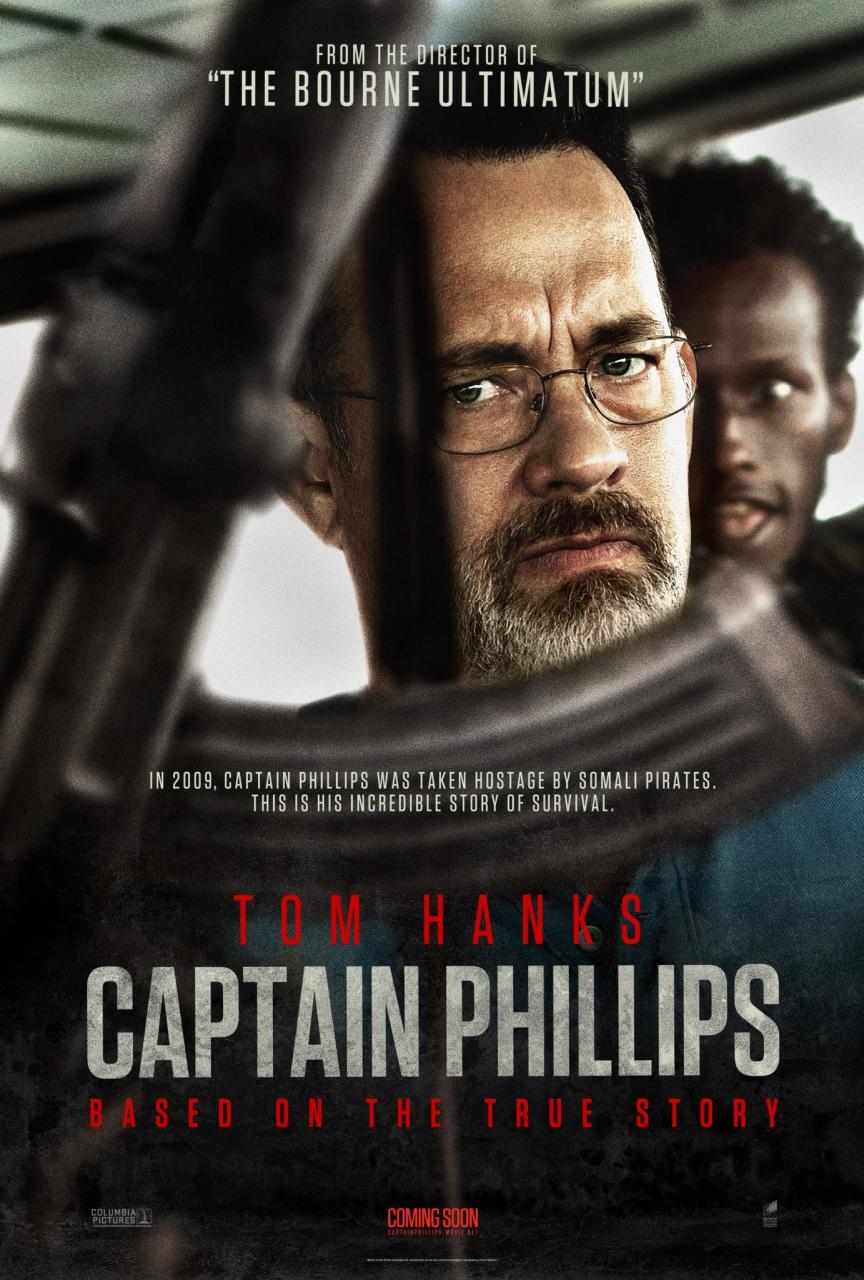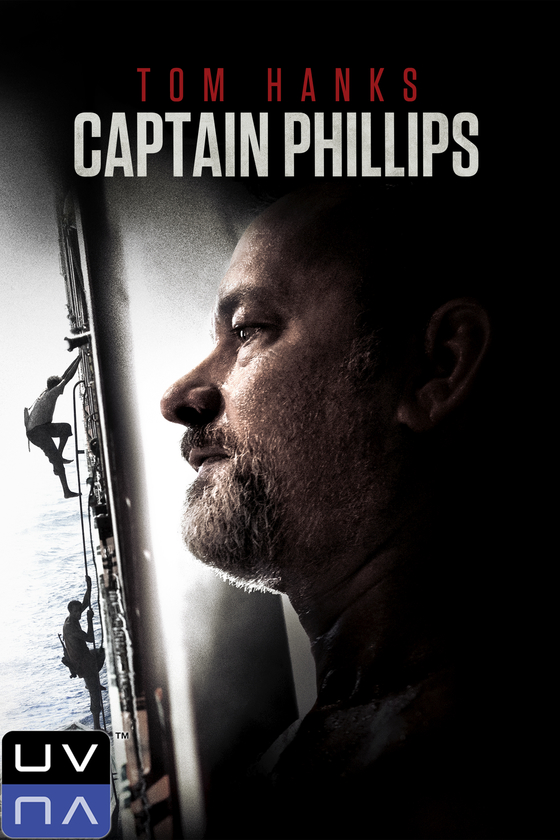

The director’s and DP's preference for handheld camerawork would also have made 3D tracking, animating and lighting the complete scenes fairly labour-intensive. Dust clouds and exhaust smoke were also composited into shots to give the models a layer of interaction with the scene. Using low-poly models worked well, because the vehicles were seen at a distance and largely out of focus. The technique allowed us to get the placement, speed and orientation of the many vehicles signed off very quickly.”

Other vehicles, placed in areas of the shot where their angles wouldn't change dramatically, were given animated cycles and rendered from static cameras, and could then simply be tracked in.

These could then be tracked into the plates in 2D, with the animation of the turntable retimed to match the change in camera perspective. “We rendered our low-polygon previs models on turntables, with the lighting parented to the models. “Because all the vehicles in the airfield were shown essentially as background set-dressing, not as the real focus of the scene, we worked out a quicker way to get our result. “But when we addressed the sequence where the Navy Seals are boarding their plane at the airfield, we planned to avoid the time-consuming, expensive task of 3D tracking,” Adam said. That is, the shot was 3D tracked, then animated, lit and rendered in Maya, and composited in Nuke. In this case they added in 3D helicopters and animated people in a fairly conventional way. In a scene in which the team needed to populate an aircraft carrier at sea, shot from a helicopter, the deck in the plate was largely empty, with only one helicopter and no crew. When it came time to augment various environments with elements to match the story, the team proved their ability to adjust their approach to work with the action, the camera work and the light. Sound waves from the microphones from the life boat were displayed at the key moment in the drama.” Low-Poly Models These had very specific looks, and were shown correctly to scale.

“This graphics work extended to the map work in the ship’s control room, for example in the design of the icons for the different boats. “Our graphics designer Chris Lunney developed the motion graphics in After Effects based on a huge amount of research material the production had compiled of the actual event, showing exactly how the graphics and animations should look,” said Adam. The director and editor were aiming to portray the mounting tension on board as the pirates approached, and wanted to use the radar monitors to graphically reveal the rapid progress of events. Therefore, when Nvizible were awarded the task of creating animated graphics for the Maersk Alabama’s radar screen inserts, these animations had to help explain as much of the action - such as the relative positions and speeds of the Maersk and the lifeboat - as the dialogue or the photography. The visualisation of his short message and the timing of sending it help describe his frame of mind and how he will handle the drama that follows.” An example of this is a scene early in the film in which the audience looks over Captain Phillips’ shoulder as he writes an email to his wife. “They put attention into the way scenes were shot,” he said, “and experimented with putting their visual message across. Nvizible’s VFX supervisor Adam Rowland said that across the production, the director Paul Greengrass and editor Chris Rouse were concerned with authenticity and also with portraying as much of the story visually as possible, thereby avoiding the need to explain story points through the dialogue. From there, they were awarded further shots. The scene had been shot in a tank, unlike other sequences taking place at sea. While the main visual effects vendor Double Negative was looking after the ocean surface extensions and light adjustments, Nvizible assisted with cleanup and sky-replacements. Nvizible started working on the film after the shoot had been completed, mainly to help with the extensive clean-up needed on the dramatic, critical sequence on board the lifeboat where Captain Phillips is held captive. Visual effects house Nvizible worked on over 180 shots for ‘Captain Phillips’, the true story of Captain Richard Phillips and the 2009 hijacking by Somali pirates of the MV Maersk Alabama, the first American cargo ship to be hijacked in 200 years. Nvizible’s Adam Rowland and colourist Rob Pizzey talk about the subtle FX and grade that tell the story of the MV Maersk Alabama hijacking.


 0 kommentar(er)
0 kommentar(er)
